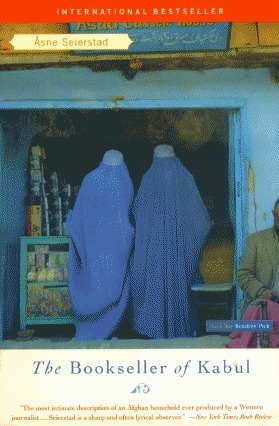
Behind the Beautiful Forevers: Life, Death, and Hope in a Mumbai Undercity
Book Description
In the shadows of Mumbai’s soaring skyscrapers, a vibrant undercity pulses with life, dreams, and desperation. Faced with relentless poverty and heartbreaking choices, the residents of Annawadi navigate their hopes amidst the chaos of survival. Katherine Boo's gripping narrative unveils the intricate web of relationships—friendships forged in adversity, rivalries ignited by ambition, and the haunting specter of mortality that lingers over every decision. As ambition clashes with reality, can the resilience of the human spirit prevail against the odds? Dive into this powerful exploration of life’s fragility and wonder what truly defines success in a world marked by struggle.
Quick Book Summary
"Behind the Beautiful Forevers" by Katherine Boo offers a compassionate, immersive look at life in Annawadi, a slum settlement visible from Mumbai's expanding international airport. Through the stories of real residents like Abdul, Asha, and Manju, Boo illustrates the fierce struggles for survival, dignity, and a better future amid the persistent challenges of poverty, corruption, and violence. The book exposes the tangled interplay of hope and despair, demonstrating how systemic injustice and the daily grind of deprivation shape destinies. Boo’s deeply reported narrative blurs the lines between journalism and literature, inviting readers to engage with the aspirations, heartbreaks, and choices of those for whom survival is an ongoing contest. Ultimately, the book asks what it means to live with hope in the face of relentless adversity.
Summary of Key Ideas
Table of Contents
- 1. The daily realities and survival strategies of Annawadi residents
- 2. Corruption, justice, and the challenges of social mobility
- 3. Interpersonal relationships shaped by scarcity and ambition
- 4. The psychological impact of poverty and marginalization
- 5. Resilience, hope, and the human drive for dignity
The daily realities and survival strategies of Annawadi residents
Annawadi, a makeshift slum near Mumbai’s airport, houses thousands who build their lives amid refuse and the constant thrum of danger and opportunity. Boo introduces readers to Abdul, a teenage garbage sorter whose labor supports his family, and Asha, an ambitious mother using cunning and political connections to eke out advancement. Their stories reflect the creative, often desperate strategies used to survive in an environment where every day brings potential setbacks—from police raids to illness to family strife. The drive for basic security and elusive prosperity defines day-to-day existence in this tightly packed community.
Corruption, justice, and the challenges of social mobility
The slum’s shadow economy exposes the omnipresent corruption. Residents must navigate a system where bribery is endemic—from police officers to social workers to local government. When Abdul’s family is accused in a neighbor’s self-immolation, the threat of wrongful imprisonment looms large, revealing how justice often eludes those without money or influence. Education, touted as a way out, proves unreliable; Asha’s daughter Manju wrestles with whether it's truly a ladder to something better, or just another broken promise. Social mobility is clouded by systemic barriers and the costs of integrity in a corrupt world.
Interpersonal relationships shaped by scarcity and ambition
Amid material deprivation, relationships in Annawadi are colored by both solidarity and competition. Families vie for limited resources; accusations and jealousies can quickly spiral. Yet, moments of camaraderie emerge, such as children’s games or shared laughter—testaments to the adaptability and warmth of the community. The fragile ties are repeatedly tested by external pressure and internal divisions, with friendship and rivalry existing side by side, influenced by necessity and hope.
The psychological impact of poverty and marginalization
The psychological toll of life in Annawadi is palpable. Residents grapple with dreams deferred, anxiety about the future, and the effects of witnessing tragedy after tragedy. Physical hardship blends with emotional strain, as the threat of eviction, disease, or loss constantly looms. Boo highlights individuals’ internal landscapes: Abdul’s stoic endurance, Asha’s relentless ambition, and Manju’s doubt all reflect unique responses to trauma and marginalization. Through their eyes, we see the invisible burdens borne daily by those fighting to stay afloat in a precarious world.
Resilience, hope, and the human drive for dignity
Despite the relentless hardships, hope persists. Individuals continue to strive for recognition, stability, or simply a better tomorrow. Their resilience is evident in small victories: a passed exam, a new job, an instance of kindness. Boo’s narrative invites reflection on what sustains human dignity in the midst of indignity, suggesting that success may be defined less by escape than by persistence and grace. The book ultimately challenges readers to question their assumptions about poverty and to recognize the complex humanity within even the most desperate circumstances.
Download This Summary
Get a free PDF of this summary instantly — no email required.





